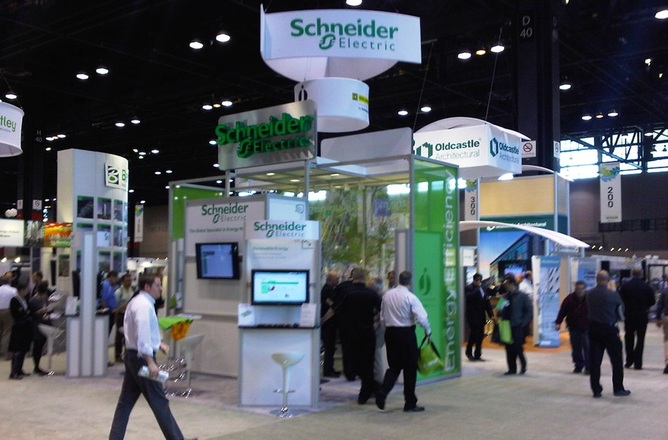
Schneider Electric, the global energy technology and automation leader, placed data centers at the heart of its vision for the digital energy transition during its Global Innovation Summit in Copenhagen. In his first keynote as CEO, Olivier Blum described how Schneider Electric intends to shape the next generation of sustainable, AI-ready data centers through advances in electrification, automation, and digital intelligence.
“Data centers are the digital engines of our economy,” said Olivier Blum. “They must be more energy-efficient, resilient, and intelligent than ever before. Our mission is to enable that transformation through energy technology that connects power, automation, and digital innovation.”
Mr. Blum pointed out that global energy demand will rise by 60% over the next 15 years, driven in large part by artificial intelligence, cloud computing, and digital services. At the same time, renewable energy sources like wind and solar are expected to triple by 2030, creating the need for infrastructure that can dynamically manage fluctuating power loads while maintaining uptime. “Efficiency alone is no longer enough,” he said. “Data centers need to be designed for adaptability – integrating intelligence, automation, and resilience at every level.”
Schneider Electric’s EcoStruxure Data Center architecture, central to its strategy, integrates energy management, cooling, and automation systems under a unified digital layer. This approach, combined with AVEVA’s software-defined automation tools, enables operators to monitor, optimize, and predict performance in real time – reducing energy waste and supporting sustainability goals without compromising reliability.
One of the event’s main highlights was the unveiling of a collaboration with NVIDIA and EcoDataCenter to develop an advanced AI data center for DeepL, the global translation platform. The facility hosts Europe’s first NVIDIA DGX GB200 SuperPod, powered by more than 4,000 GPUs and optimized for large-scale AI workloads. The data center is managed through a combination of NVIDIA’s Mission Control and AVEVA’s building management system, allowing real-time oversight of everything from leak detection to thermal regulation through AI-driven automation.
“This is the blueprint for the next generation of data centers – AI factories that are not only powerful, but also efficient and sustainable,” said Mr. Blum. The DeepL project reflects Schneider Electric’s broader commitment to helping hyperscalers and colocation providers achieve net-zero operations while managing the growing density and complexity of GPU-based environments.
Beyond high-performance computing, Schneider Electric showcased new innovations in cooling and energy storage, including Motivair by Schneider Electric high-efficiency cooling technology and Schneider Boost Pro, a local battery storage system for data centers and industrial campuses. These solutions are designed to improve energy efficiency and ensure power continuity as facilities increasingly rely on variable renewable energy sources.
AI-Driven Predictive Maintenance
Schneider Electric’s approach emphasizes end-to-end optimization – from grid-to-chip energy visibility to AI-driven predictive maintenance – enabling operators to anticipate issues before they impact uptime. The company is also expanding its digital services portfolio with EcoCare and the Energy Command Center, which provide remote monitoring, predictive analytics, and expert support to enhance operational resilience.
During the summit, Blum framed data centers as both a challenge and an opportunity in the global energy transition. “We are seeing an explosion of data and AI workloads that will redefine how industries operate,” he said. “But if we rethink how we power and design data centers – making them smarter, more efficient, and integrated with the grid – they can become the cornerstone of a more sustainable digital economy.”
Copenhagen, known for its clean energy leadership, provided an apt setting for this message. Schneider Electric used the summit to reaffirm its role not just as a supplier of critical power and cooling systems, but as a strategic technology partner guiding the industry toward intelligent, carbon-conscious data center design.
With projects like DeepL’s AI factory and its partnerships across the hyperscale and colocation markets, Schneider Electric signaled that the future of data centers lies in energy intelligence – where automation, AI, and sustainability converge to enable resilient and responsible digital infrastructure.


